If you live in southern Nevada, you’ve probably noticed that the water here can be less than delicious. The Las Vegas Valley Water District tests and retests to ensure local water meets FDA requirements, but that doesn’t mean you can’t have better water in your home. We are going to tell you about numerous ways reverse osmosis can clean and purify your household water. But first, we’ll explain what osmosis is and how reverse osmosis works.
What is osmosis and how it is reversed?
To best understand how reverse osmosis works, it helps to know what osmosis is. In a nutshell, osmosis is the gradual assimilation and diffusion of one thing by another. In the case of water, osmosis refers to its tendency to find its way through a semipermeable membrane where it equalizes the concentration of certain molecules on the other side.
How reverse osmosis works
The process of reverse osmosis eliminates virtually all molecules that are bigger than water molecules. Here is just a sampling of the stuff that a well working reverse osmosis system can remove from your household water supply:
- Protozoa including Cryptosporidium and Giardia
- Chemical contaminants such as lead, chromium, copper, selenium, and sodium
- Minerals including potassium, radium, phosphorus, and arsenic
All reverse osmosis systems apply pressure to water as it moves through one side of a semipermeable membrane to the other. Some systems also employ charcoal filter cartridges and/or ultraviolet light bulbs to improve water quality. The result is water that is cleaner, purer, and free from most contaminants. But that’s not the only way to improve your household water.
Other types of home water purifiers to know about
1. Water filtration systems
Water filters typically come as under-the-sink RO systems that deliver purified water via a tap or faucet. Gravity-fed models that sit on a counter top are also available. Benefits associated with a gravity-fed counter top model include portability along with the fact that it requires no installation. This sort of filter system can be ideal for renters, travelers, UNLV dormitory residents, and anyone else who doesn’t want to install a permanent water filtration system at this time.
An under-the-sink or counter top water filter is a fine thing to keep in your kitchen, but it won’t do much to improve your bathing and household cleaning experience. For that, you’ll want a water softener.
2. Water softeners
Water in the Las Vegas Valley is notoriously “hard” which means that it contains an excessive amount of dissolved minerals. Even though they’re natural, these dissolved minerals are a major contributor to that less-than-clean feeling you sometimes get after bathing. Excess waterborne minerals also make it much harder to clean your clothes, floors, and dishes, too.
Unlike a reverse osmosis system that relies on water pressure and semi-permeable membranes to function, a water softener system works by way of a process known as ion exchange. Not only can a water softener deliver superior water for bathing and cleaning, it can also reduce or even eliminate mineral buildup in your pipes.
7 ways water filtration benefits your household
- Filtered water tastes a whole lot better
- Save a bundle on bottled water
- Purified water is better for cooking
- Softened water is better for laundry and dishes
- Softened water rinses cleaner
- Softened water protects your pipes from corrosion
- Softened water helps your small appliances last longer
Maintaining your water filters
Many Las Vegas homes have water filters that use cartridges of activated charcoal to clean and purify tap water. Typically, this sort of filtration cartridge requires replacement every six to 18 months. Fortunately, changing a charcoal cartridge is a relatively simple task and one that you can easily accomplish on your own. Simply unscrew the cartridge, pop in a new one, and you’re good to go.
Maintaining a larger RO water purification system is a bit more of a job that entails shutting off the main water entry to the house and bleeding the plumbing system. If you purchase your reverse osmosis or other filter system from EcoWater, you can always call on us for customer service, after-sale support, and scheduled maintenance.
The commonest thing your water softener needs is salt. In fact, you should check the salt level in your water softener at least one time per month. As long as the salt level is three or more inches above the water line, your softener has enough salt. Any less than that and it’s time to add high-quality softener salt to your system.
Another maintenance task required by your water softener includes periodic cleaning of the tank. Fortunately, this job is infrequently necessary. If it’s been several years since we installed your softener, call us for an inspection. If it is determined that your tank needs to be cleaned, our service technician can advise you about what to do next.
Which kind of water filtration is right for your home?
If you live in a dorm room, you can get along just fine with a counter top water filter. It’s small, portable, and can be taken with you when you graduate. If you own a residence in the greater Las Vegas metro area, you want to ensure the best water for drinking and cooking, and that is best accomplished when you have us install a reverse osmosis water purification system. When your house is equipped with a water softener and a reverse osmosis system, you and your family reap the myriad benefits offered by a whole-house water purification system.
No matter which option you select, EcoWater can help
Before you choose a water purification system, invite us to send a water technician to your location to test your water. Once you know which waterborne contaminants are present, you can make a well informed decision about which sort of water treatment system to install. If you have any questions about Las Vegas water or how to make it better, contact EcoWater without delay.

